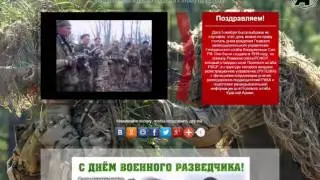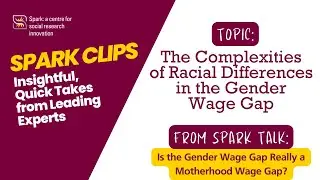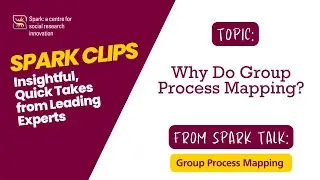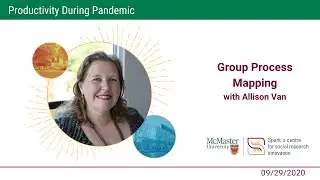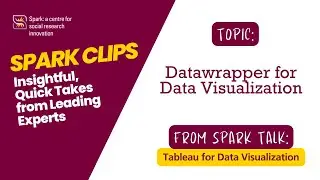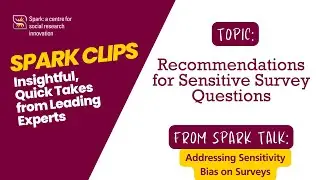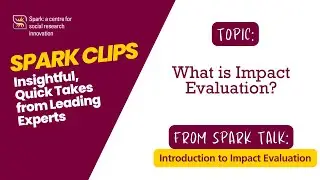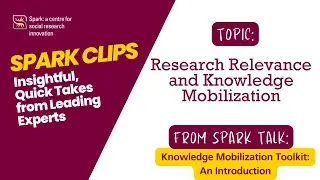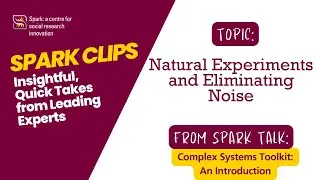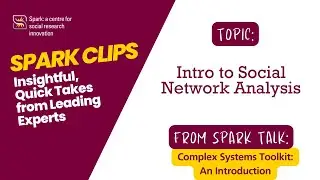Group Process Mapping with Allison Van - Productivity During Pandemic
In this episode, we explore the revolutionary approach of group process mapping for improving operations within service organizations, including nonprofits, child welfare, juvenile justice, and substance abuse treatment. We identify common challenges such as staffing issues, high caseloads, and interaction consistency. Traditional methods like documentation, metrics, and standard operating procedures are discussed, revealing their benefits and limitations. Emphasis is placed on the importance of client process mapping, detailed documentation, and reducing biases. Practical techniques for engaging organizational teams, merging ideal and real-world operation maps, and incorporating client feedback are shared to enhance staff engagement and uncover deep-rooted issues. Learn how involving staff and management in these discussions can lead to substantial organizational improvements and better client outcomes.
00:00 Introduction to Group Process Mapping
01:20 Challenges in Frontline Client Engagement
03:02 Approaches to Ensuring Consistency
03:18 The Role of Documentation
04:35 Metrics and Their Implications
05:57 Standard Operating Procedures
06:58 Understanding Divergence in Practices
09:42 Introduction to Group Process Mapping
11:14 Implementing Group Process Mapping
15:18 Forming Groups for Process Mapping
18:07 Client and Family Engagement
18:36 The Role of Mixed Groups
19:45 Detailed Process Mapping
22:33 Divergences in Practice
23:44 Defining Expectations and Resolving Differences
24:47 Ideal vs. Real Process Maps
25:19 Merging and Discussing Maps
26:33 Establishing Best Practices
28:09 Follow-Up and Documentation
29:06 Client Feedback and Continuous Improvement
32:15 Conclusion and Contact Information





